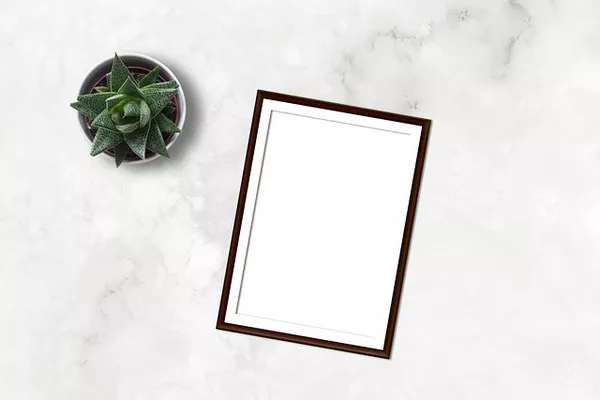Succulents have garnered immense popularity in recent years due to their striking appearance and ease of care. These resilient plants, often characterized by fleshy leaves and minimal water requirements, have become a staple in homes, gardens, and even office spaces. However, to truly enjoy the benefits of these unique plants, it is essential to understand how to plant and care for succulents properly. In this comprehensive guide, we will explore the art of cultivating succulents, providing you with the knowledge and tips you need to create thriving succulent displays.
Understanding Succulents
Succulents are a diverse group of plants that have evolved to thrive in arid and semi-arid environments, where water is scarce. Their unique adaptations include the storage of water in their leaves, stems, or roots, which enables them to withstand extended periods of drought. These adaptations make succulents ideal choices for low-maintenance gardening and indoor plant collections.
Planting Succulents
Choosing the Right Container: The first step in successfully growing succulents is selecting an appropriate container. Ensure that your chosen pot has good drainage to prevent waterlogged soil, which can lead to root rot. Terracotta pots are an excellent choice as they are porous and allow for better air circulation.
Selecting the Right Soil: Succulents require well-draining soil to avoid water retention. You can purchase a specialized succulent or cactus mix, or create your own by mixing potting soil with sand or perlite. The goal is to create a medium that replicates their natural habitat.
Proper Planting Depth: When planting succulents, ensure that they are planted at the same depth as they were in their original containers. This prevents rot and encourages strong root development.
Spacing: Allow sufficient space between succulents to ensure good air circulation. Crowded plants are more prone to disease and fungal issues.
Sunlight: Most succulents thrive in bright, indirect sunlight. Place them near a south- or west-facing window where they can receive plenty of light without direct exposure to harsh midday sun, which can scorch their leaves.
Caring for Succulents
Watering: The key to succulent care is to avoid overwatering. Water sparingly but deeply, allowing the soil to dry out completely between waterings. The frequency of watering depends on various factors, including the type of succulent, the size of the container, and the environment. It’s often better to underwater than overwater.
Fertilizing: Succulents have relatively low nutrient requirements. Fertilize sparingly, typically during the growing season (spring and summer), with a diluted, balanced, liquid fertilizer. Avoid using high-nitrogen fertilizers, as this can lead to excessive growth that may make the plant less compact.
Pruning and Deadheading: Remove dead or yellowing leaves regularly to encourage new growth and maintain the plant’s appearance. Some succulents may also benefit from occasional pruning to shape them or control their size.
Pest and Disease Management: While succulents are generally hardy, they can be susceptible to pests like mealybugs and aphids. Inspect your plants regularly, and if you notice any issues, treat them promptly with neem oil or insecticidal soap.
Repotting: As your succulents grow, they may become root-bound. Repot them into slightly larger containers as needed, typically every 2-3 years. This allows for continued healthy growth.
Winter Care: During the winter months, succulents may require less water due to reduced growth. Adjust your watering schedule accordingly and protect them from frost by moving them indoors or providing adequate insulation.
Succulent Varieties
Succulents come in an astonishing array of shapes, sizes, and colors. Here are a few popular varieties:
Echeveria: Known for their rosette-shaped leaves and vibrant colors, Echeverias are a favorite among succulent enthusiasts.
Sedum: Sedums are versatile and easy to grow, with varieties that range from ground covers to tall, upright species.
Aloe: Aloe vera is perhaps the most famous succulent, known for its soothing gel. It’s also a striking ornamental plant.
Haworthia: These small succulents often feature intricate patterns on their leaves and are perfect for indoor gardening.
Agave: Agaves are larger succulents with dramatic, architectural forms, making them a focal point in gardens.
Crassula: Crassulas come in various shapes, including trees, shrubs, and ground covers. They are valued for their unique leaf shapes and growth patterns.
Kalanchoe: Kalanchoes are known for their vibrant, long-lasting flowers, which make them a popular choice for indoor plant collections.
Conclusion
Cultivating succulents can be a rewarding and visually pleasing endeavor. Their unique appearance, coupled with their low-maintenance nature, makes them an ideal choice for both beginner and experienced gardeners. By following the planting and care guidelines outlined in this comprehensive guide, you can create a stunning succulent collection that thrives for years to come. Whether you’re looking to enhance your indoor space or add a touch of elegance to your garden, succulents are sure to be a delightful addition to your botanical repertoire.


